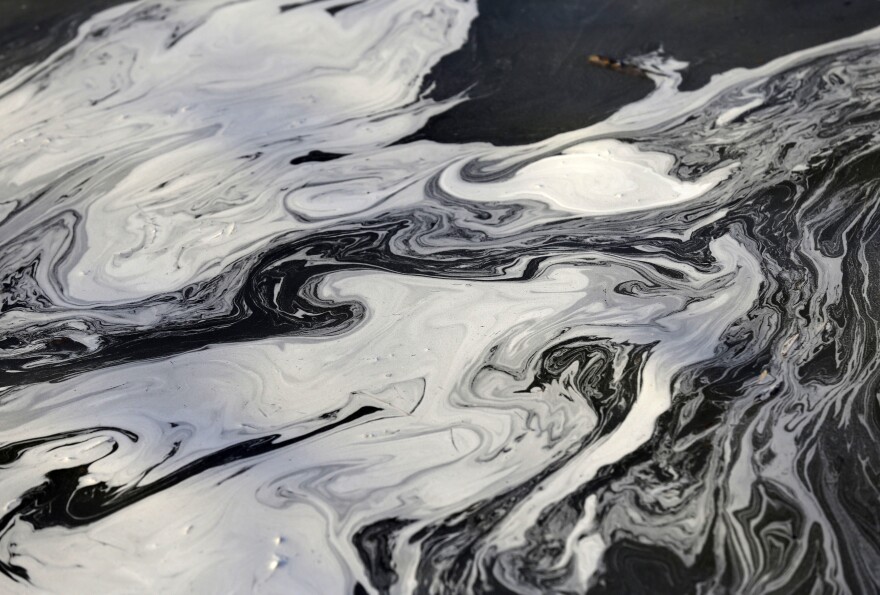Before this research was published, it was generally thought that coal ash sediments were only on the surface of lakes — and that it was only in Sutton Lake, northwest of Wilmington along Highway 421.
But these new findings show that coal ash sediments have a longer history in these lakes — since coal combustion actually started in these areas. And not just Sutton Lake was contaminated - coal ash sediments were also found in Hyco Lake, Mayo Lake, Belews Lake, and Mountain Island Lake
These are all lakes near former or currently operating Duke Energy coal plants.
According to Avner Vengosh, co-author of the study and professor of environmental quality at Duke University, the relatively small size of Sutton Lake meant it had higher contamination levels.
“I think Sutton Lake in our studies was shown to be the highest contamination level among all lakes in North Carolina," he said.
To get to these findings, researchers used lake sediments to reconstruct a history of the lakes affected by coal ash. That history starts off with coal ash particles that were emitted from the plant before it was widely regulated. Those particles settled nearby and were washed back into the lake.
Then, when coal ash was being collected as part of the Clean Air Act, smaller coal ash particles showed up in the lake instead. But those are more concentrated, and therefore more toxic.
Vengosh said these findings could mean the ecological systems of the lakes, including the fish, were impacted.
So is it safe to eat those fish? Vengosh said he’s not the one to make the final determination, suggesting that the state's Department of Environmental Quality should weigh in.
“I think DEQ is should step into it and provide an answer for that," he said.
He said the same goes for swimming and other recreational activities in the lakes.
This is especially an issue during flooding and severe weather events, as coal ash ponds and lakewater with coal ash sediment could contaminate the open environment, Vengosh said. And with climate change increasing severe weather events, this problem could grow worse.


